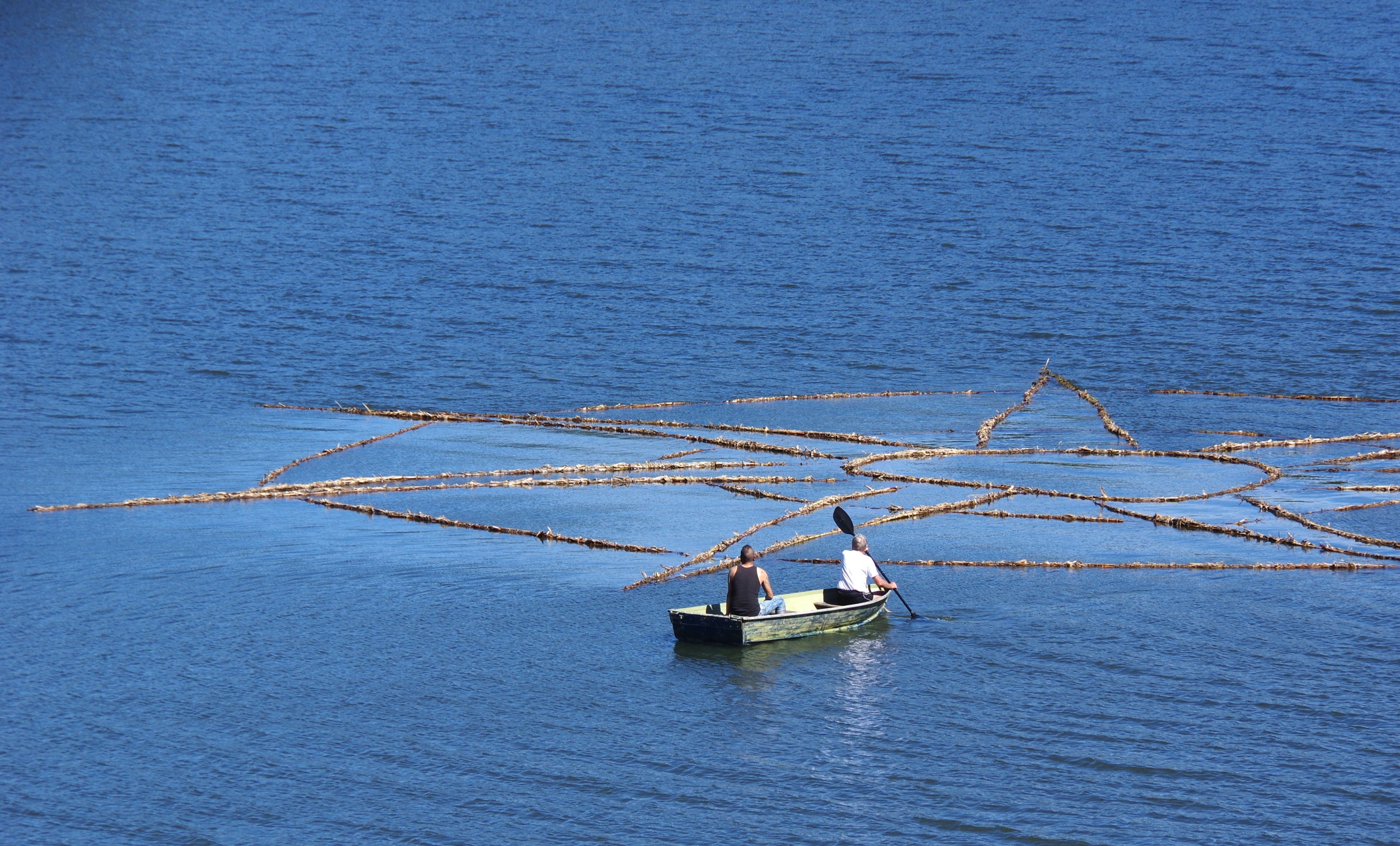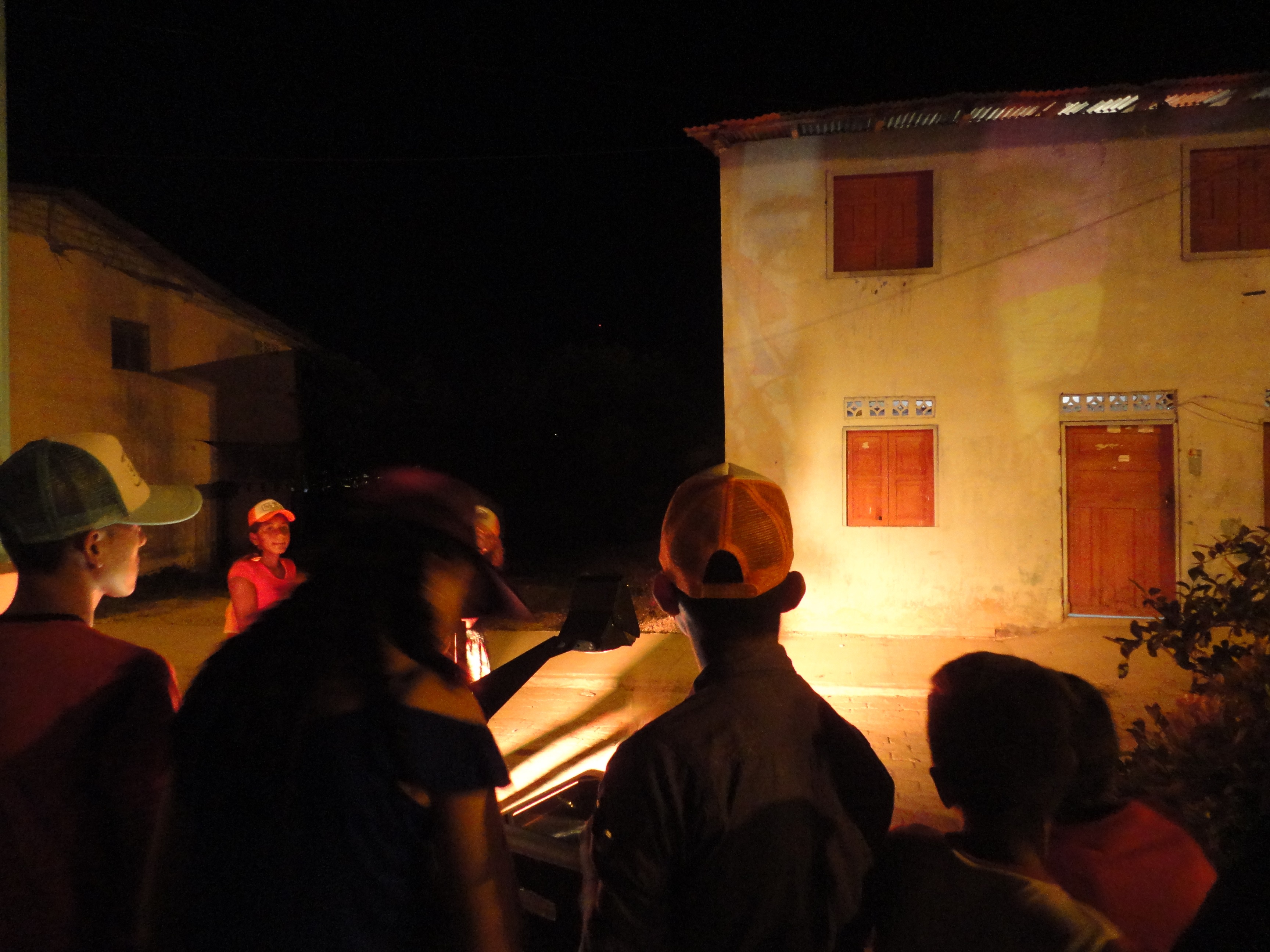Juan Carlos Jiménez: Throughout your career, both individually and collectively, you have participated in artistic work spaces related to teaching and learning; you have also experimented with these pedagogical processes, both to give and to receive, with dance companies, performing arts ensembles, music academies, private fitness classes with different techniques... How is the production of personal work in these processes shared with other disciplines and communities? How do you currently experience learning in your research processes?
Experiencing the Territory through Bodily Experience
Trauma Interdisciplina is a transdisciplinary art collective currently based in the city of Morelia, Michoacán. Trauma was born from the collaboration between Rosario Romero and José Luis García Nava, with the aim of carrying out experimentation, research, and transdisciplinary artistic productions in a solid project.
Rosario Romero: The first formal academic step I took outside of dance was a Master's degree in Advanced Design, which I did with a scholarship from CONACyT (Consejo Nacional de Ciencia y Tecnología, for its Spanish acronym) [National Council of Science and Technology]. There I realized that in research, as in art, the distribution of scholarships is very individual, but the processes and projects that attract my attention the most are always collective and, above all, they are collectives of heterogeneous people from different disciplines. I was a dancer and choreographer who studied design and applied it to urbanism. For me it was something very natural, but I saw that for my colleagues it was not. And that happened 10 years earlier when we started Trauma Interdisciplina, which was my first approach to transdisciplinarity. Because I think that what is produced with dance is not only an aesthetic product, it is knowledge, it is physical knowledge that leads to a rational, intellectual and conceptual reflection.
To play with this knowledge with other languages and other knowledge is what we did with Trauma. Sometimes transdisciplinarity happens in a somewhat aggressive way, in a positive sense: sometimes you have to leave, displace or deterritorialize practices that you have very much incorporated; something that, in my experience, is an abrupt process.
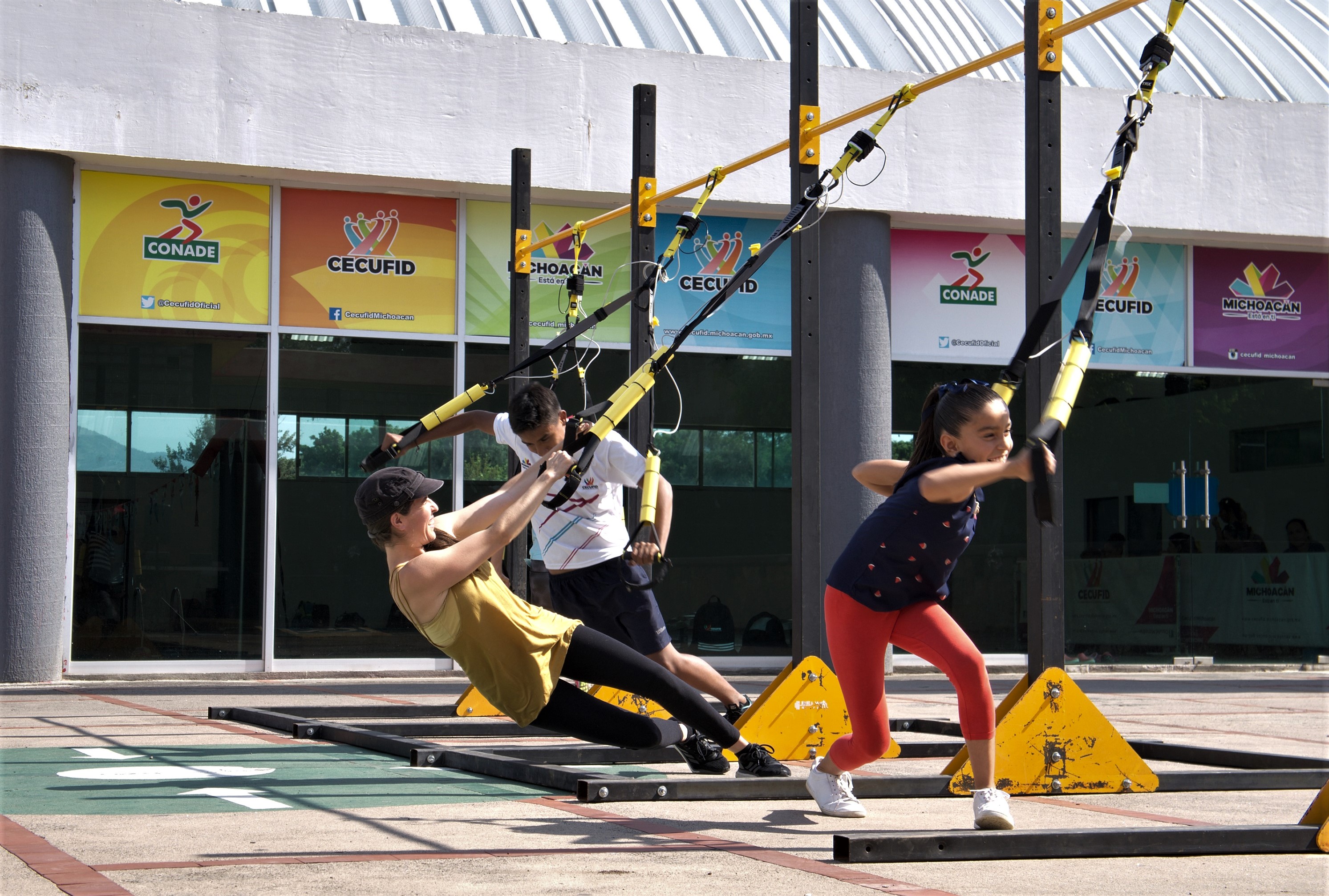
The other particularity that has to do with transdisciplinarity for me is to put the knowledge of dance at the service of practices that are not the aesthetic discourse of four theater walls. How can I innovate from the theater? How can what I do contribute to solving real problems? How can a choreographic arrangement, without great investment, improve the public life of a square?
So I think that the relationship between these different experiences has to do with a critical analysis on the part of the artist, the manager, or the art institution when they arrive at a site. For me, it is necessary to first understand the place you are going to and to connect the artistic practice with the territory. In this artistic sense, the connection with Trauma, one of our last projects, called Warning Tapes, was that. Before we arrived at a proposal, with some intervening devices, me with a certain proposal of movement, and suddenly we found that there were urban communities that used urban spaces for certain purposes or certain very specific urban practices; then I realized that as an artist you have to first understand and almost participate in the manifestations that are already taking place in the spaces before you can propose or want to dispose of them. But, I insist, I think this happens at all levels, from the institution, from the management, from art education... I think there is a kind of imposition and a lack of understanding of the territory to be able to see, install or welcome a practice in a more natural way.
The Teaching Place
José Luis Nava: One thing that has moved me a lot is to move around trying to collaborate in a teaching and extension work of the processes that I have been able to develop, but I feel that in the technological part related to audiovisual and interactive media, I think it has had repercussions in terms of students and how many of them are now teaching in different universities. But above all, the traveling, the journey, is not connected in me with the intention to know the places, but rather to relate to other people who I think are in a state where I was 20, 25, 30 years ago, and to try to see how that can be balanced. Of course it has other consequences, you go to do something and you find other things. I met Rosario in the classes I took in the city of San Luis, not knowing that I would not leave that city, and when I left it was not to go back to Mexico City, but to be with her, and now I have a family, and now I have other approaches; this is what I mean when I talk about exploring the territory.
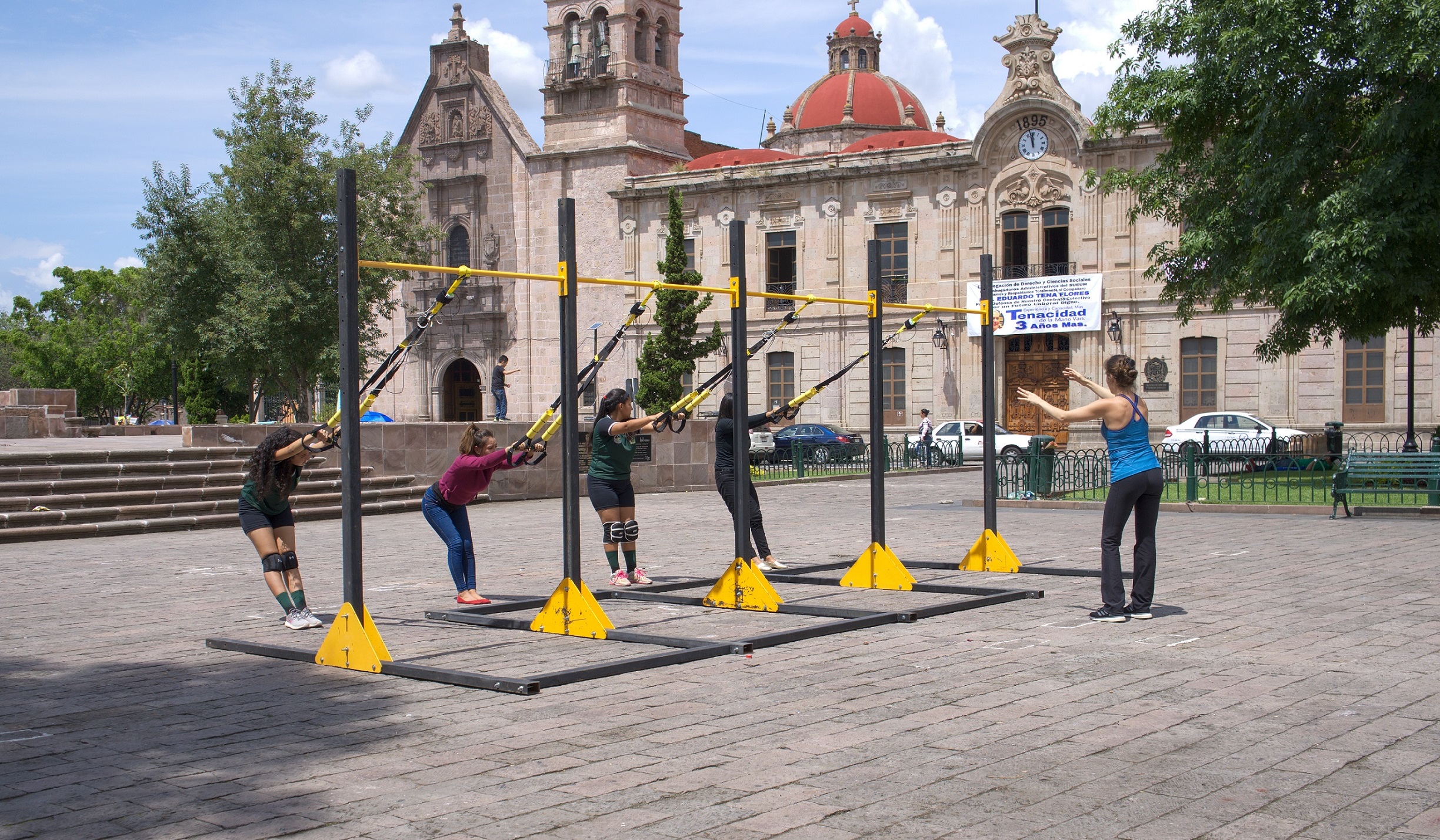
What are the concerns of the work projects that you are developing, individually and collectively, in this complexity of disciplines that each of you is carrying out? How do you approach transdisciplinarity today and how do you perceive it differently than when you first approached Trauma Interdisciplina?
JLN: In my case, the idea of interdisciplinarity has changed a lot, although in the origins of Trauma it was clear to me that it was the physical component: I am referring to the intelligence of movement and action of the body, which is not necessarily taught in schools, and which influences or determines the scope of many other parts of intelligence that are no longer strictly physical. Another idea came from seeing that one is completely subjected to the technological apparatus, not necessarily in a negative way: one is influenced by all the technological infrastructure that surrounds us in terms and digital systems of communication, interaction, etc., there is no doubt about that, and it is becoming more and more evident and stronger. So in the origins of Trauma, for me it was about integrating those two concerns with a specific outlet in the artistic format. With everything that has happened, I honestly do not see it there anymore; I am in a more skeptical stage where I have the impression that everything that happens in those areas is good, it is beautiful, it can be exciting, but it is somewhat sterile when we are facing problems that are multidimensional and beyond the global scope. I say to my colleagues that when we look at the content of the 2030 Agenda and we think about the lack of democracy, famine, water management, climate change, energy management, and all that, I suddenly feel that art, as we understand it, doesn't have much to do with it, or hasn't had the opportunity to contribute much to solving it, and that is the part where I have been trying to connect, what we can contribute from where we are as interdisciplinary or transdisciplinary artists, and that has had many different answers, but in short, those answers are not happening in traditional places.
In my opinion, it is not going to happen in the museum, in the concert hall, in the auditorium, or in the theater. So these are the places that I tend to turn around and try to find what are going to be the new spaces where it is clear to me and I am convinced that artistic practice has something to contribute.
The Artist's Training
RR: For me, it is strange that the materials I work with are still exactly the same: movement, body, space, but now not necessarily to create something for a theater, but to organize spaces where others can move, though not in the disciplined way that dance taught me. In fact, when I started researching for my master's thesis and looking for people who could have brought these two worlds together, I found geographers, especially from human geography, who had used dance to understand complex situations of public space, and then I said, of course, geography, cartography and choreography have the same components: body, displacement of bodies and spatial organization. So my journey is anchored in the materials, the raw material that I work with, even though the output is very different.
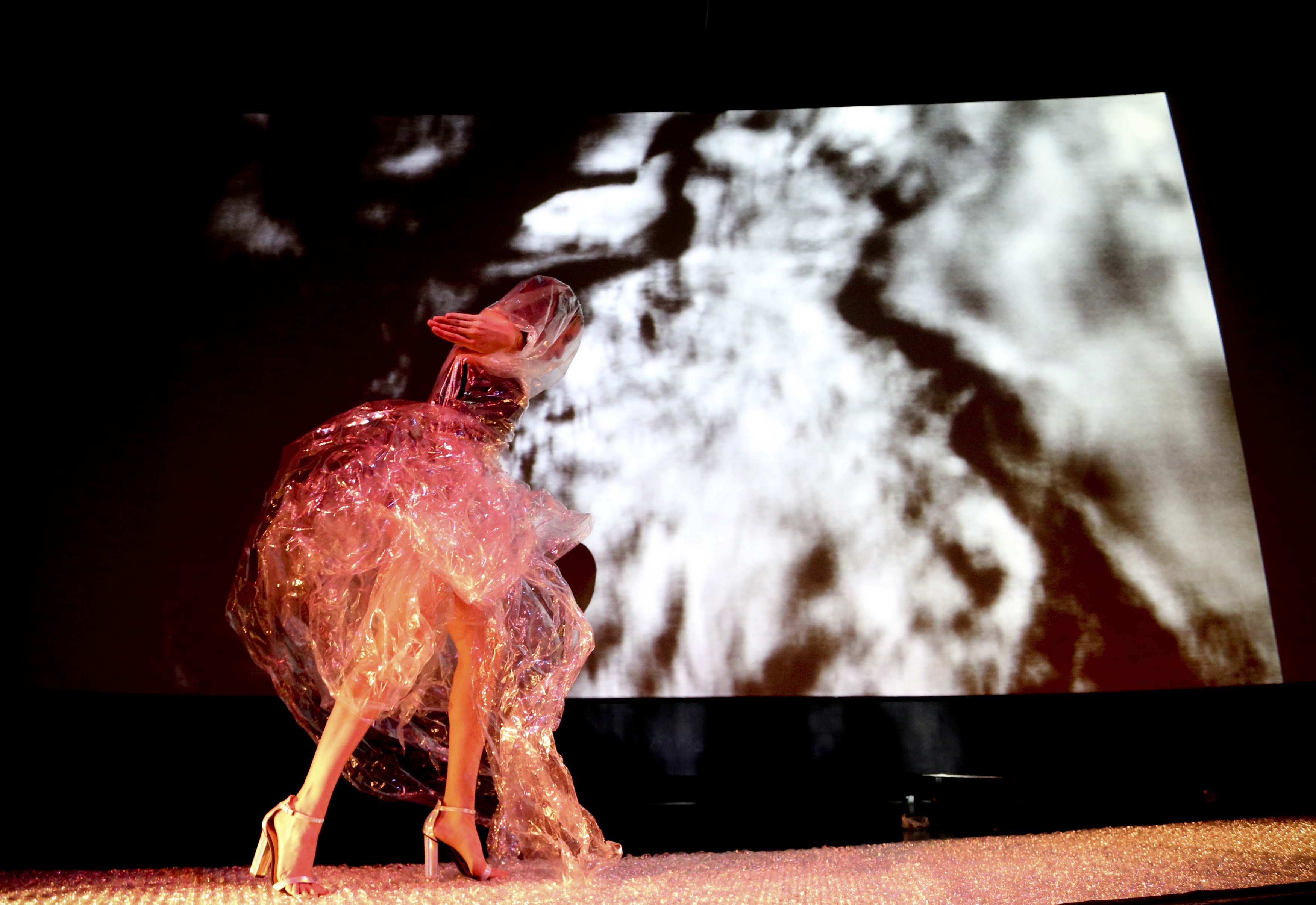

For me, the education of artists who make art, but I insist, a different concept of "art", is essential. Maybe it's the legitimization and the production formats that I don't share. When we made Warning Tapes, this is exactly what we wanted, for the children to experience the production of sound with movement in the first person, in this sense, I believe that the experience that both a child and an adult can get from making the movement, producing the sound with their bodies, even if it is not technically virtuous, even if it is not seen in the theater, even if they do not have the lights or the applause, I think it is much more significant than an end-of-year elementary school festival where they make them dance in the theater and they get applauded. This other way of experiencing movement in the first person and in public space, of connecting with others who would not normally connect, was vital to me. For example, I began to see how people from different social classes, let's say distant, unknown, etc., had the opportunity to communicate through movement, through sound, in the street, in a situation that made that communication possible. Then I realized that Mexico has had 20 years of violence, which creates a completely defensive body state, and there is never an opportunity to communicate with others in a playful, but also loving or joyful environment, and many of those experiences are missing.
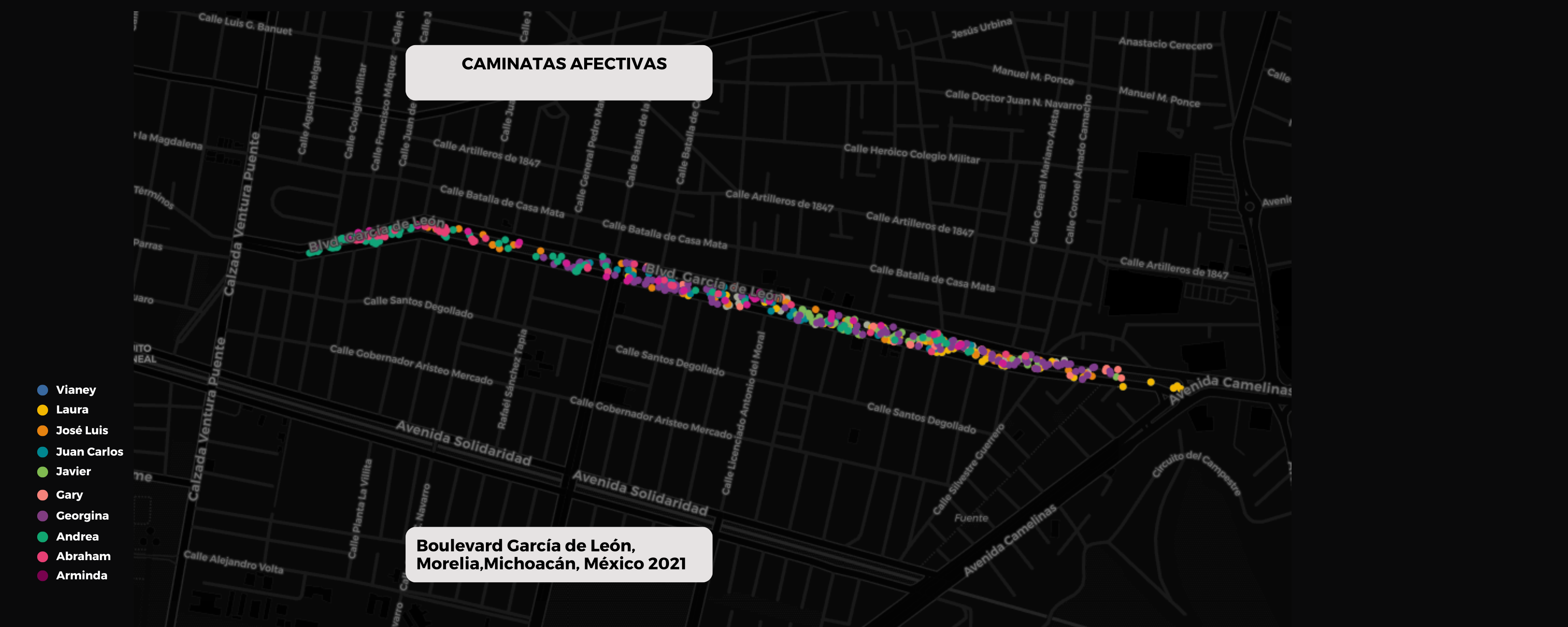
In that sense, this is what I did later with the Caminatas afectivas [Affective Walks], which tried to create rather ephemeral communities, because these people would leave after playing. And then the Caminatas afectivas tried to replicate the formation of these ephemeral communities, to try a different experimentation of the territory from the bodily experience. I think that these devices are essential to counteract states of violence like the one that Mexico is experiencing, for example, so that people can experience movement or the creation of sounds in the first person.
